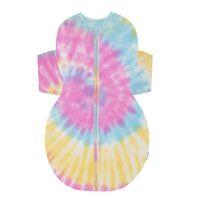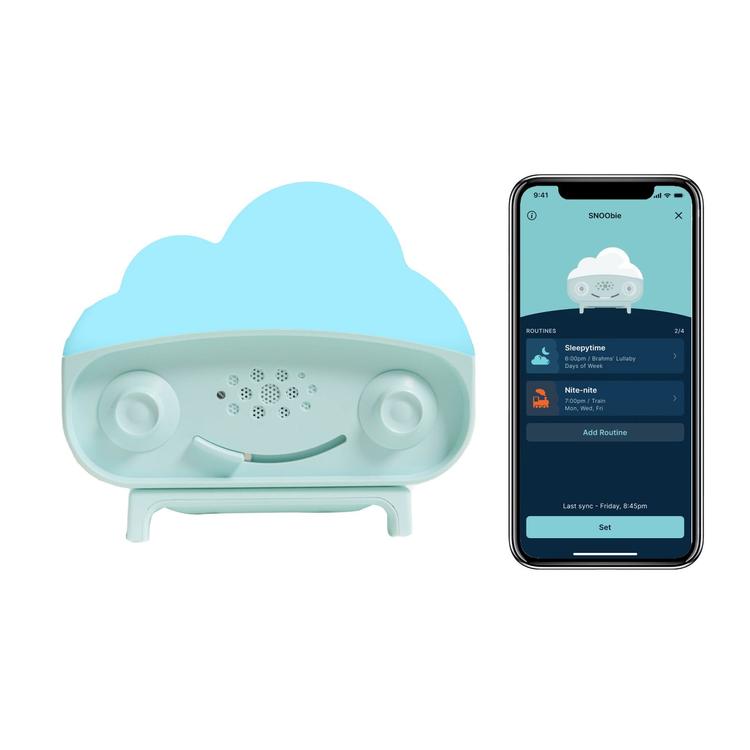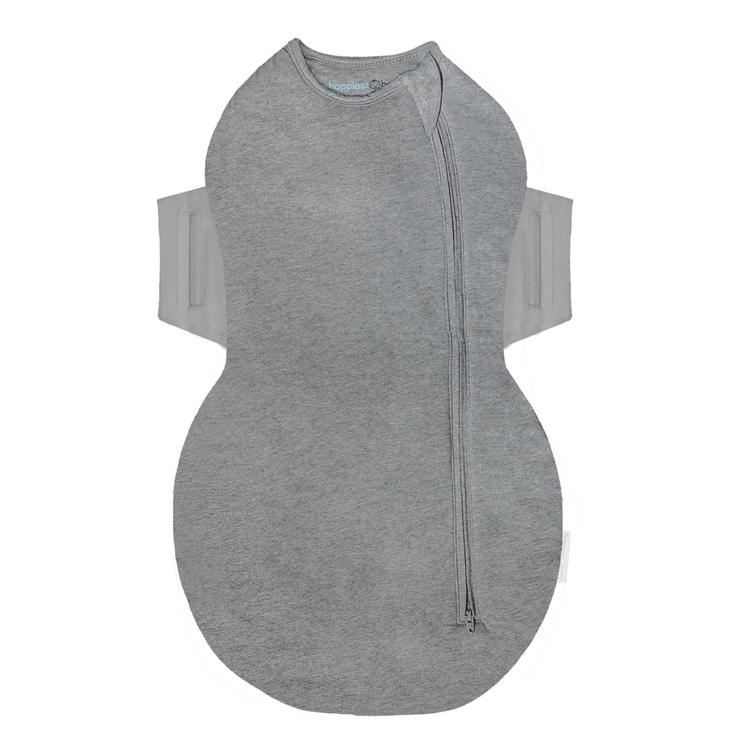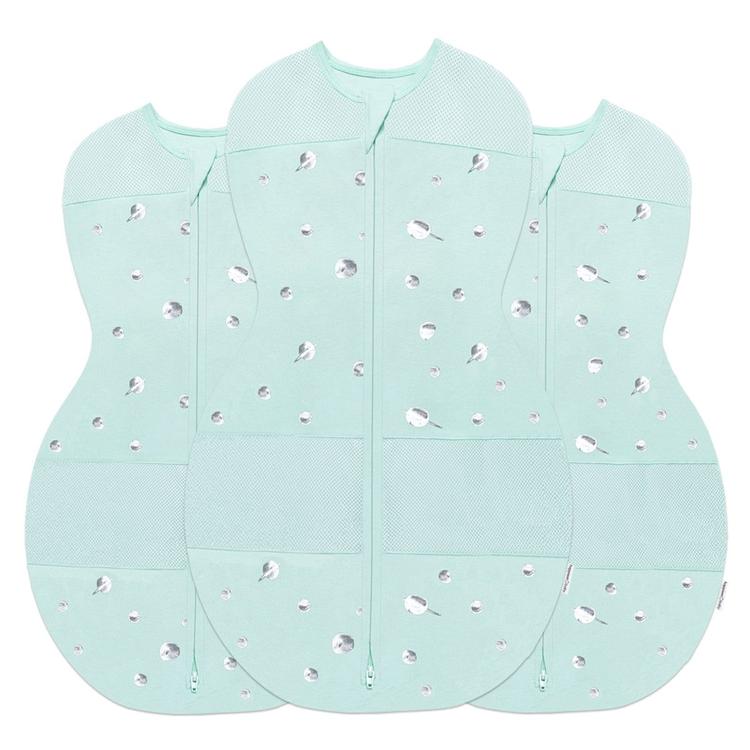One of the toughest parts about dealing with a never-before-seen virus like COVID-19 is that there is a lot we still do not know. Each day doctors, public health officials, and researchers put another piece of this pandemic puzzle in place. Only 1-2% of all COVID patients are children under 18 years of age. At first, it looked like the disease’s effect on minors was…pretty minor, while the elderly were hit hardest by the virus. But lately, a scary new COVID complication has cropped up among kids.
It is called 'paediatric multisystem inflammatory syndrome' and has been found in 100 children in New York State, killing three. Other states in the U.S. have reported this strange new illness, too (including, Louisiana, Mississippi, and California) as well, but fortunately, no deaths have been reported in those states yet.
So, what is this new mystery infection…and how worried should parents be? Let us break down what we have learned so far.
Paediatric multisystem inflammatory syndrome is a complication that appears to go hand-in-hand with Sars-CoV-2, that is the scientific name of the virus that causes COVID-19. This syndrome acts a lot like Kawasaki Disease, another pretty mysterious inflammatory disease, which around 8 in every 100,000 children develop in the UK each year.
No one really knows what triggers Kawasaki’s, but our best guess is that a virus or environmental chemical exposure causes a child’s immune system to totally overreact. This leads to massive inflammation with high fever, blood shot eyes (without discharge), strawberry red tongue, swollen lips, swollen hands and feet, joint pains…and even inflammation of the heart arteries. Fortunately, doctors have discovered some pretty good treatments that help kids to recover.
This new illness—paediatric multisystem inflammatory syndrome—also causes inflammation of different parts of the body in young children, but it seems to be triggered by a coronavirus infection.
If your child has been exposed to COVID-19, here are the symptoms to be on the look-out for:
- Persistent fever
- Blotchy skin rashes and peeling skin
- Stomach pains
- Tummy trouble, such as diarrhea and vomiting
- High heart rate
- 'COVID toes' (look for red rashes on soles of feet or palms of hands…you can see some examples here, but heads up, it is not pretty!)
- Red eyes and heavy eye discharge, similar to pinkeye
- Joint pain
- Low blood pressure
Though treatable, if this syndrome progresses, it can lead to serious complications, including toxic shock syndrome (marked by a dangerous drop in blood pressure, flu-like symptoms, confusion, and a high fever) and heart issues.
If your child comes down with a persistent high fever, rashes, peeling skin on the fingers, or any other symptoms above that have you feeling uneasy, do not hesitate to call your GP—especially if there has been known exposure to COVID-19. Your provider can help you decide if your toddler needs to come in for additional assessment or treatment.
Parenting in a pandemic can definitely prompt a flood of worries…but I hope that knowing the facts can also give you some peace of mind!





















